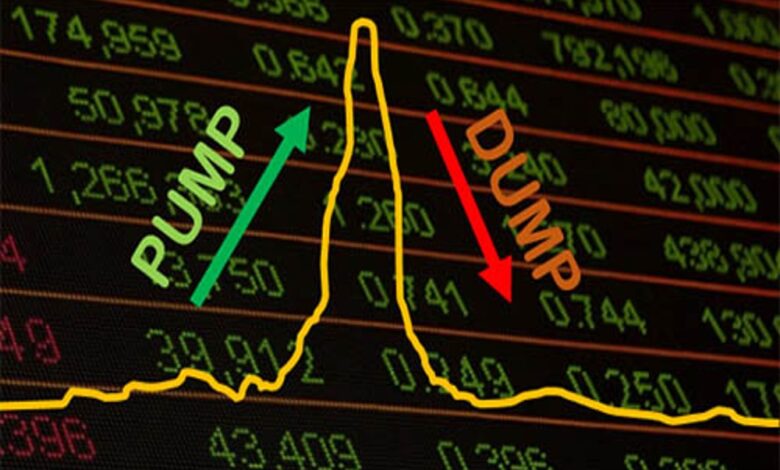Is the Asian Market About to Pump Funds Into Crypto? Here is a Telling Sign
China's PBOC reveal strategic measures to stimulate countries economy since the last international tragic pandemic

China’s central bank, the People’s Bank of China (PBOC), on Tuesday, September 2024 unveiled its most significant stimulus package since the pandemic, aimed at pulling the economy out of its deflationary slump and returning it to the government’s growth target.
The move, encompassing a broader range of measures than initially anticipated, marks the latest effort by policymakers to restore confidence in the world’s second-largest economy, following a string of disappointing data that has heightened concerns of a protracted structural slowdown.
Governor Pan Gongsheng, in a press conference, announced plans to lower borrowing costs, inject more funds into the economy, and ease household mortgage repayment burdens. These measures include a 50 basis point (bps) reduction in reserve requirement ratios (RRR), freeing up roughly 1 trillion yuan ($142 billion) for new lending.
Pan also stated that depending on market liquidity later this year, the RRR may be further lowered by 0.25-0.5 percentage points. Additionally, the PBOC will cut the seven-day reverse repo rate, its new benchmark, by 0.2 percentage points to 1.5%, alongside other interest rate reductions.
The stimulus package has spurred a rally in Chinese stocks and bonds, with Asian stocks reaching 2-1/2 year highs. The yuan currency has also surged to a 16-month high against the dollar.
China PBOC Channel Funds to Stimulate Market
Julian Evans-Pritchard of Capital Economics describes the package as the most significant PBOC stimulus since the early days of the pandemic but cautions that it may not be sufficient on its own.
Furthermore, he suggests that additional fiscal stimulus may be necessary to achieve the government’s growth target of approximately 5% for this year. Moreover, to address the property market crisis, the PBOC has announced a series of measures aimed at boosting demand.
Notably, these include a 50 bps reduction in average interest rates for existing mortgages and a decrease in the minimum downpayment requirement to 15% on all types of homes.
China’s property market has been in a severe downturn since peaking in 2021, with a string of developer defaults, large inventories of unwanted apartments, and a growing number of incomplete projects.
Despite Beijing’s previous efforts to stimulate the market through the removal of home purchase restrictions and lowered mortgage rates and downpayment requirements, demand has remained subdued, and home prices fell at their fastest pace in over nine years in August.
To further support the capital market, the PBOC has introduced two new tools. The first is a swap program, initially sized at 500 billion yuan, which allows funds, insurers, and brokers easier access to funding for stock purchases.




















































